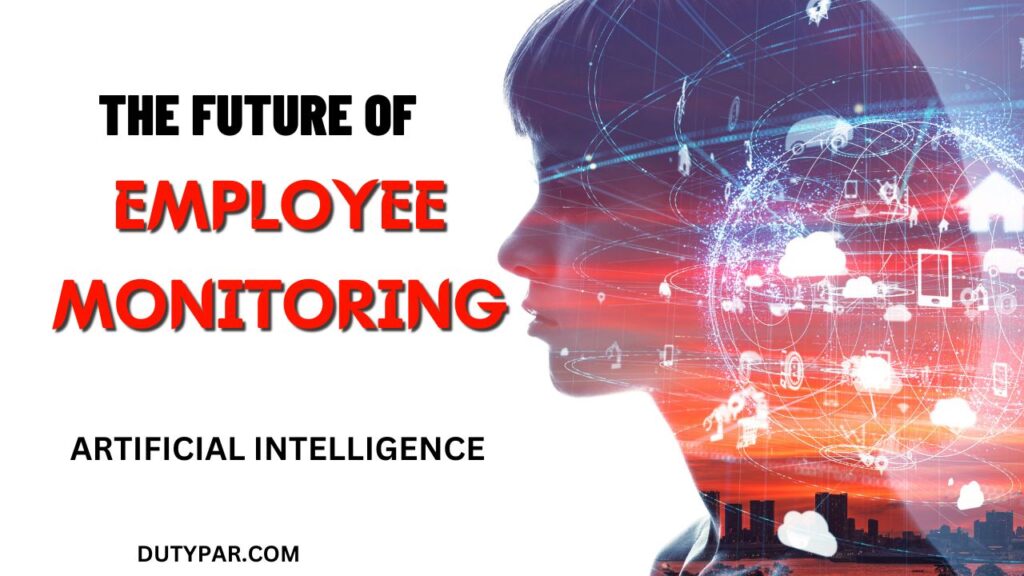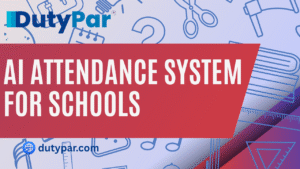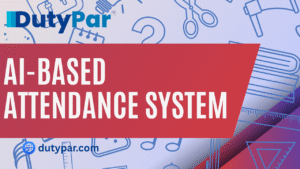
Table of contents
Introduction
The future of employee monitoring is going to be drastically different due to the fast-evolving trends of artificial intelligence, data analytics, and remote work. Businesses will be utilizing these modern tools for increasing productivity, ensuring compliance, and maintaining transparency in the workplace. IndoAI and DutyPar are already taking the lead, and this will change the face of employee monitoring in the years to come.
This article explores the key trends shaping the future of employee monitoring, the contributions of IndoAI and DutyPar, ethical considerations for businesses, and how to responsibly implement these tools in the organization to balance productivity and privacy.
The Future of Employee Monitoring: Key Trends
1. AI-Powered Monitoring Solutions
Artificial intelligence is changing the face of employee monitoring by providing real-time insights into workplace productivity. AI-driven tools analyze work patterns, detect inefficiencies, and offer performance improvement recommendations. Such systems help organizations track productivity without excessive micromanagement.
AI monitoring solutions can:
- Automate repetitive tasks and track efficiency
- Identify trends in employee behavior and engagement
- Offer personalized recommendations to enhance performance
- Reduce manual supervision while increasing overall transparency
Companies adopting AI-powered monitoring are seeing increased efficiency and better decision-making capabilities. However, these systems must be used with caution to avoid infringing on employee privacy rights.
2. Remote Work Surveillance & Hybrid Workforce Management
With the rise of remote work, businesses are implementing sophisticated monitoring tools to ensure employee accountability. Features like time tracking, screen recording, and keystroke analysis help managers gauge employee performance. However, ethical concerns surrounding privacy remain a hot topic.
Some common remote work monitoring techniques include:
- Time tracking software: Applications like Toggl, Hubstaff, and Time Doctor allow employers to track hours worked.
- Screen monitoring tools: Software like Teramind and ActivTrak take periodic screenshots or monitor app usage.
- Activity monitoring: AI-driven analytics tools measure active work time based on keystrokes and clicks.
Balancing these tools with employee privacy is crucial. Organizations should adopt transparent policies and allow employees to understand how their work is being tracked.
3. Behavioral Analytics & Predictive Insights
Advanced analytics tools are being used to predict employee behavior, identify burnout risks, and optimize workflows. Predictive insights help organizations retain top talent by addressing workplace challenges before they escalate.
Key benefits of behavioral analytics in employee monitoring include:
- Detecting signs of burnout and disengagement
- Identifying top performers and providing career growth opportunities
- Enhancing decision-making through data-driven insights
Predictive analytics not only helps businesses improve productivity but also fosters a healthier work environment by proactively addressing potential employee concerns.
4. Blockchain for Data Transparency & Privacy
Blockchain technology is emerging as a secure solution for employee monitoring, ensuring that data remains tamper-proof and transparent. Companies can use blockchain-based records to maintain trust between employers and employees, reducing concerns about data manipulation.
Blockchain applications in employee monitoring include:
- Secure attendance tracking using immutable records
- Transparent performance evaluations with verifiable data
- Encrypted communication logs for data protection
As data security becomes a growing concern, blockchain provides a reliable method for safeguarding employee records and ensuring fairness in monitoring practices.
5. Legal & Ethical Considerations in Employee Monitoring
With increased advancement of technology, governments are implementing more stringent laws to protect rights of employees. Balancing productiveness of the employee with privacy laws will ensure compliance with GDPR, HIPAA, and other laws and regulations.
Some best practices for ethical employee monitoring include:
- Clear Communication: Inform employees about what is being monitored and why.
- Data Protection: Use encryption and secure storage for collected data.
- Limited Surveillance: Avoid excessive monitoring that invades privacy.
- Consent-Based Tracking: Obtain employee consent before implementing new monitoring tools.
Ensuring compliance with labor laws and data protection regulations will help businesses avoid legal repercussions and foster trust among employees.
Contributions of IndoAI & DutyPar in Employee Monitoring
IndoAI: AI-Driven Workplace Analytics
IndoAI is an AI-powered platform designed to enhance workforce efficiency through intelligent analytics. It offers features such as:
- Real-time employee performance tracking
- AI-driven insights to improve productivity
- Automated compliance monitoring
- Secure data collection with privacy-focused measures
By leveraging IndoAI, companies can make data-driven decisions while maintaining a transparent workplace culture. IndoAI’s AI-powered tools help organizations optimize productivity without excessive micromanagement.
DutyPar: Advanced Attendance & Monitoring Solutions
DutyPar specializes in smart attendance and employee monitoring solutions using facial recognition and geofencing. Its key features include:
- Automated check-ins using biometric authentication
- Real-time location tracking for remote employees
- Seamless integration with HR management systems
- Detailed work hour reports for payroll processing
With DutyPar, businesses can efficiently manage remote teams while ensuring data security and compliance. The platform helps organizations track employee attendance while reducing the risks of time theft or fraudulent reporting.
Ethical Considerations & Challenges
While employee monitoring tools enhance productivity, ethical concerns must be addressed:
- Privacy Issues: Employees may feel uncomfortable with excessive monitoring.
- Workplace Trust: Overuse of monitoring tools can erode trust between employers and employees.
- Data Security: Employers must ensure that collected data is secure and used responsibly.
To mitigate these concerns, businesses should adopt transparent policies and involve employees in the decision-making process when implementing monitoring tools. Providing training on how monitoring enhances workplace efficiency without violating personal privacy can help foster a positive work environment.
FAQs on The Future of Employee Monitoring
Yes, but companies must comply with privacy laws and regulations like GDPR and HIPAA. Employees should be informed about monitoring policies.
AI provides real-time analytics, identifies performance trends, and offers insights to improve workplace efficiency without invasive surveillance.
Yes, when implemented ethically, monitoring tools help businesses identify inefficiencies and optimize workflows.
Popular tools include IndoAI, DutyPar, Hubstaff, and Teramind, each offering unique features for workforce management.
Employers should maintain transparency, inform employees about monitoring practices, and use data responsibly to foster a culture of trust.
Conclusion
The future of employee monitoring is shaping up to be more intelligent, data-driven, and ethical. Innovations from platforms like IndoAI and DutyPar are setting new benchmarks for workplace efficiency and security. However, businesses must implement these tools responsibly to maintain a fair and transparent work environment.
As technology continues to evolve, organizations must stay ahead of emerging trends to leverage employee monitoring for productivity enhancement while safeguarding employee rights.
For Additional Information : https://www.gartner.com/smarterwithgartner/the-future-of-employee-monitoring





